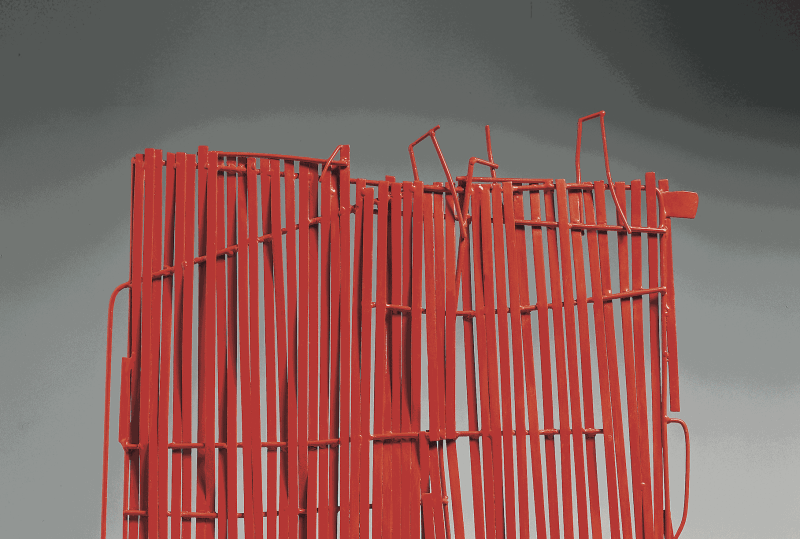Pietro Consagra: A Breathable Landscape. Sculptures 1964 - 1966
Past exhibition
Overview
It was Pietro Consagra’s vision of life that shaped his first sculptures which were meant to be seen whole, from a single vantage point, thus foregoing the need to circle round them. Instead they established relationships of equality with the viewer; like looking straight into someone’s eyes.
Already in 1952, in his writing Necessità Della Scultura, which countered Arturo Martini’s La Scultura Lingua Morta, Consagra affirmed the environmental nature of his work. Here sculpture does not impose itself but draws one in; it builds bonds between man, space and dimension thus allowing a silent yet dynamic dialogue.
In 1964, as the art world shifted from Paris to New York and Pop Art rose to prominence, Consagra experienced another profound turning point with Piani Sospesi and Giardini from 1964-1965 described as “bifrontali” (seen from both sides), as well as Ferri Trasparenti from 1965 – 1966 which rotate manually or those suspended up against a wall as in Piani Appesi made in 1966-1967.
The appeal of these sculptures intensifies when imagined all together, forming a kind of artificial landscape, combining an emotional experience of plasticity and of fantasy made real.
These monochrome works, painted pink, blue, red, lilac and turquoise, were realised at a particularly happy time in which the artist’s ability to reinvent sculpture in a new empathic relationship with society grew stronger.
Accustomed to dealing with all aspects of heavy metalwork which he has transformed from the beginning into thin, filiform image-like sculptures, Consagra now chooses to have color give body to his scultures thus freeing them from the early ideological weight present in the Colloqui. In Giardino Bianco it is as if a sudden upward current lifts the fragments of metal sheets, thinning, curving and binding them into a single image. In a dance between gravity and levitation the sculpture takes on the unexpected appearance of a cocoon in the process of breaking open. Painted with industrial varnishes used for cars and freed of their pedestals to hang in mid-air or against a wall, Giardino Bianco together with Piano Sospeso Bianco, Piano Sospeso Rosso Combinato and Ferro Trasparente Bianco I, suggests how sculpture might also embody the freedom to appear fragile and changeable. Pietro declared to have made these sculptures with the following movements: “I go from inside out and from the outside I try to go back inside: for me it’s like breathing.”
These new sculptures were exhibited at the Rome Quadriennale in 1965, at the Marlborough Gallery in Rome in 1966, at the Museum Boijmans Van Beuningen in Rotterdam in 1967, at the Galleria dell’Ariete in Milan in 1967, at the Marlborough Gerson Gallery in New York and at the Solomon Guggenheim Museum in October 1967. From the outset, Consagra’s sculpture has expressed a tendency to go out of itself, not to appear isolated but in dialogue with life. Over the years different types of sculptures emerged from creative moments in which emotional experiences or thoughts generated mental images that gave Consagra the need to draw, and from these drawings the sculptures took their shape.
Prof. Gabriella Di Milia, President of Archivio Consagra

